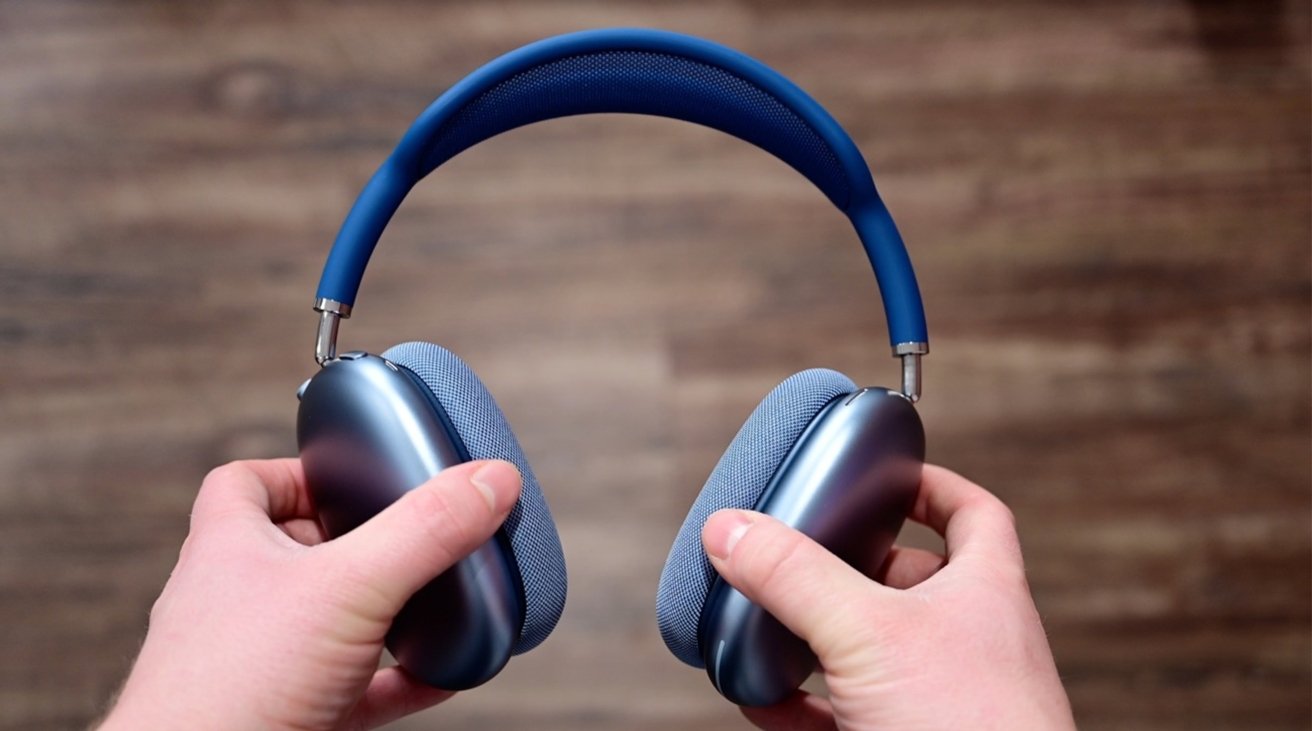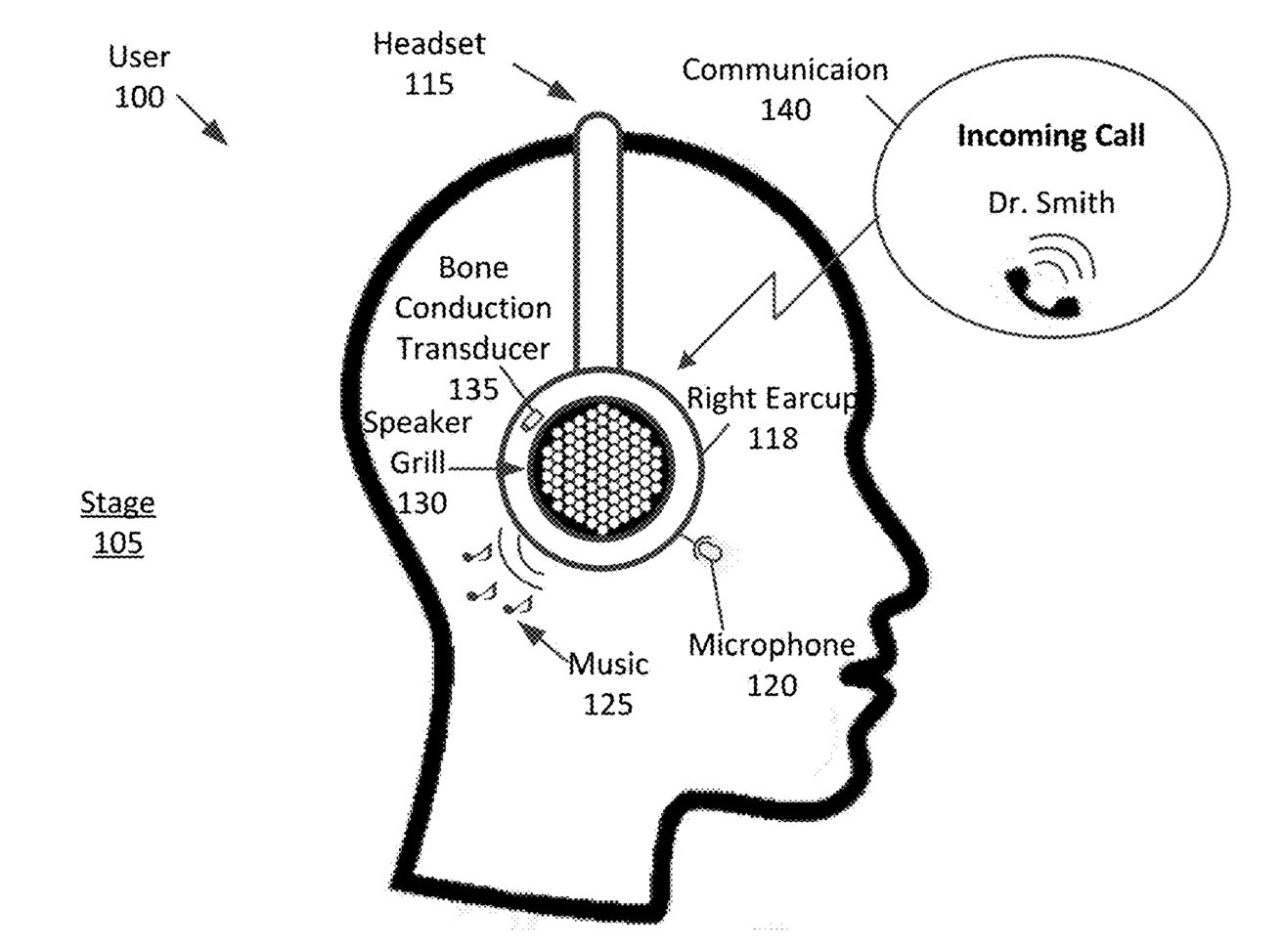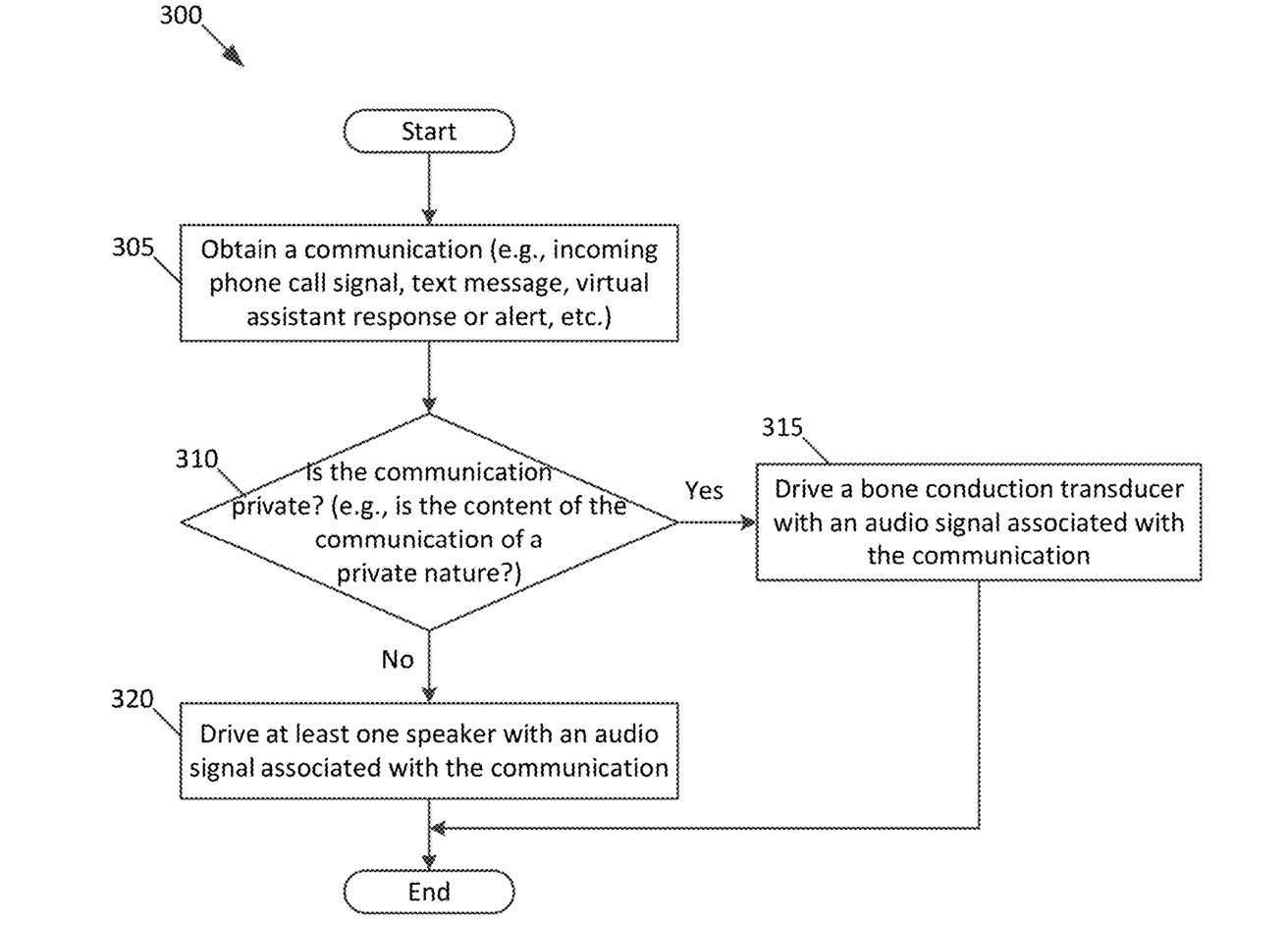AirPods Max with bone conduction could make phone calls more private
Future AirPods Max or other personal audio accessories could increase the privacy of sound, by using bone conduction to transmit calls or private audio to the user without being heard by anyone else.
Like other forms of communication, audio can sometimes require a level of privacy. While music may be freely playable on a speaker with few privacy issues, a phone call with a loved one may not need to be broadcast to a room in such a way, and may even require the recipient to move away from other people.
While holding an iPhone to your ear may be more private than using a speaker, and that earphones can be even more private, there's still the issue of spillover audio. Even if you're being as careful as possible to be the only person listening to a phone or earphones, there's a chance that someone else in the same room can still hear what you're listening to.
In a patent granted to Apple by the U.S. Patent and Trademark Office on Tuesday titled "Bone conduction transducers for privacy," Apple believes that using bone conduction technology could offer far more privacy than even earphones.
Bone conduction is a system that has transducers or actuators touching the user's skin, typically in places in close proximity to the ear, but not the ear canal itself. By transmitting vibrations into the skull, the eardrum can be affected in the same way to sound, but without requiring air to be displaced, as you would expect from a speaker.
As a result, only the wearer of the earphones or bone conduction device will hear any transmitted audio, not anyone else.
According to the patent filing, a pair of headphones or earphones could have multiple channels, with one set referred to as a "private" channel. The private channel is routed just to the bone conduction transducer, while others route to the speakers as usual.
A computer system may play audio through the headphones, but must determine whether the communications could be private or not. If it is private, it is routed to the bone conduction transducer, while non-private audio heads through the speakers.
The system may make the decision based on a flag or indicator included with the content it is about to play to the user. For example, a text or audio message could have a privacy flag, or specific callers could be designated as private within the device's contacts for the same purpose.
The system may also try to automatically determine if an unflagged communication is private based on analysis. The use of specific words or phrases that are used in a private conversation could trigger the system to use bone conduction, for example.
This analysis may not just involve flags or audio processing, as it may also be visual. Cameras and video are mentioned in the filing, including the suggestion that object recognition of elements of an environment could be used to determine if an area is private enough to hear a call without bone conduction.
This can include the camera spotting other people, or even signs on walls indicating video and audio is being recorded, such as for security cameras.
The patent lists its inventors as Robert D. Silfvast, Neal D. Evans, Nikolas T. Vitt, and Jonathan D. Sheaffer. It was originally filed on June 2, 2020.
Apple files numerous patent applications on a weekly basis, but while the existence of a patent or application indicates areas of interest for its research and development teams, there's no guarantee the idea will appear in a future product or service.
Naturally, Apple has looked into bone conduction in previous filings. In 2016, one system suggests the use of accelerometers to detect vocal chord vibrations to the user's skull, to help improve audio reception for speech recognition.
In June 2020, a patent outlined how earphones could use both bone conduction and normal air conduction to create a hybrid listening experience. While bone conduction would deal with low and mid-range sounds, air conduction would handle higher pitches.
 Malcolm Owen
Malcolm Owen














 William Gallagher and Mike Wuerthele
William Gallagher and Mike Wuerthele
 Christine McKee
Christine McKee
 William Gallagher
William Gallagher

 Marko Zivkovic
Marko Zivkovic







